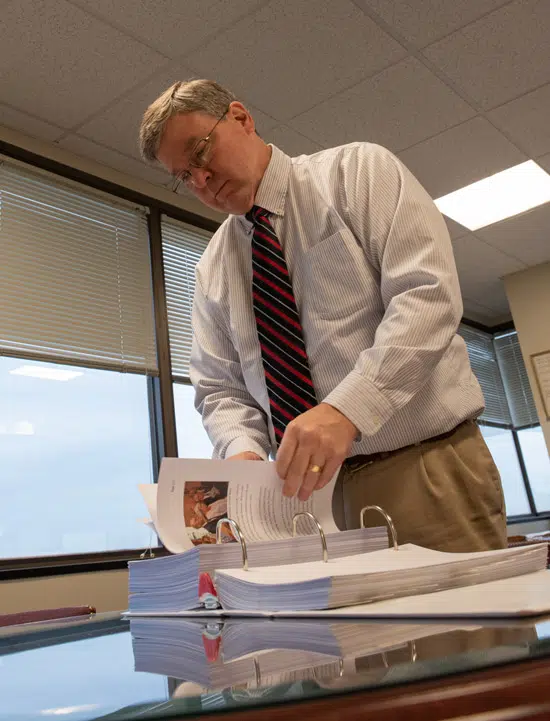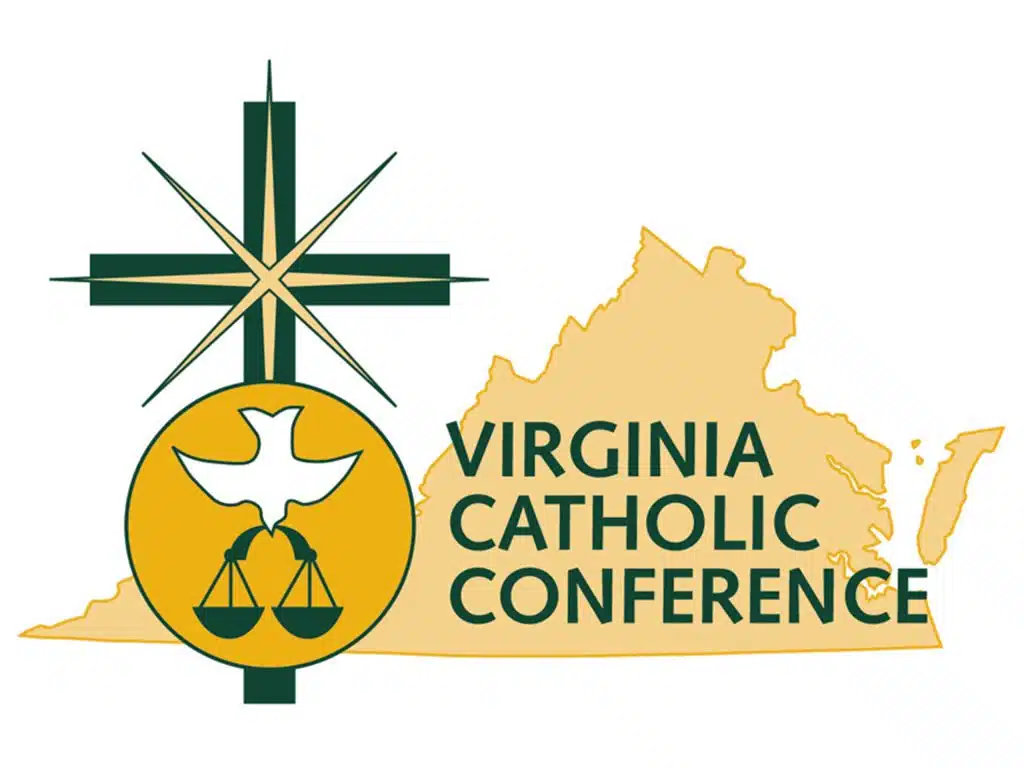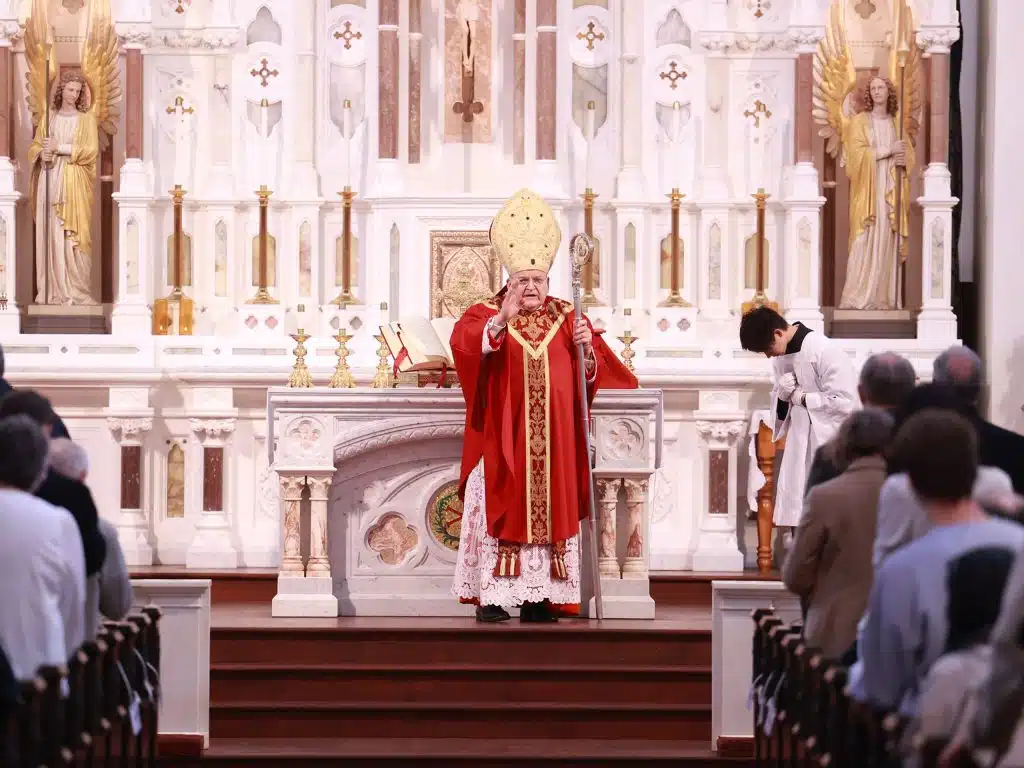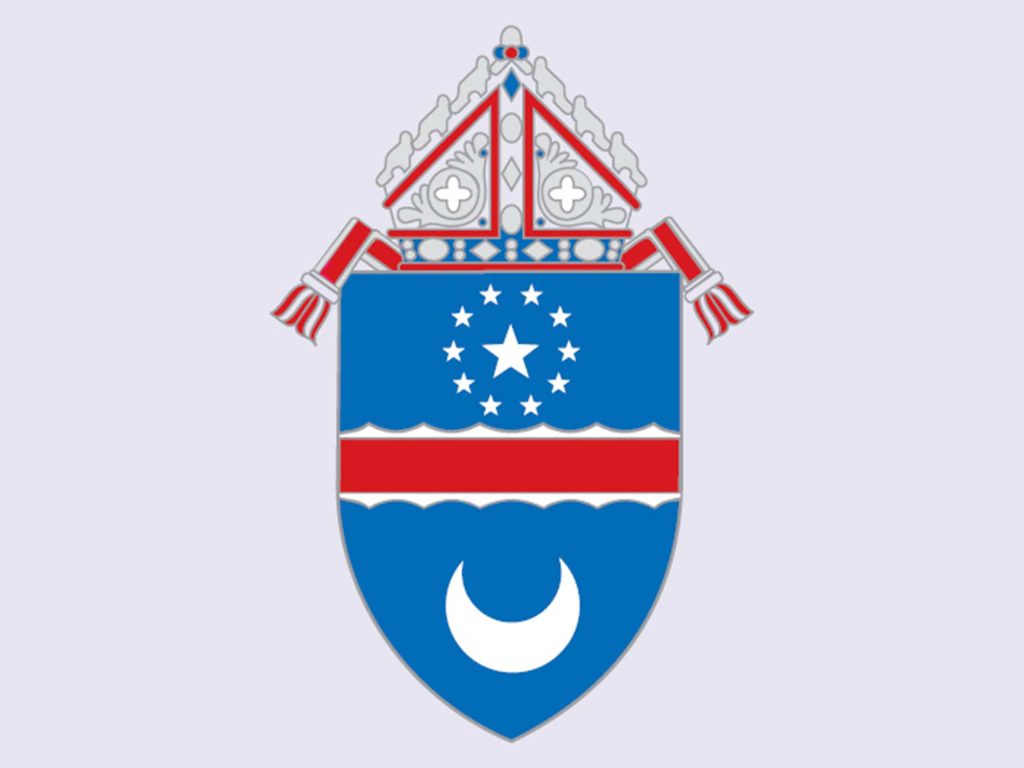The quinquennial report. It sits more than 4 inches high in a
nondescript white binder. It represents more than five months’ work from more
than a dozen individuals. There are three main point-persons responsible for
the collation of information, and there’s a final edit by the bishop.
It’s required of every diocese in the world, and it’s sent to the
Vatican months before a scheduled visit that comes around every seven to eight
years.
For Mark Herrmann, diocesan general counsel, the quinquennial
report tells the story of how “the Gospel of Jesus Christ is being promoted in
Northern Virginia.”
The report
Although the framework for the report is fairly standard, Herrmann
said, “As much as possible each time around (I like) to generate a new
document” to reflect the state of the diocese today, not five or 10 years ago.
“We try to get it as fresh as we can.”
This go-around, Herrmann said, “We have something of an advantage
as we have a new bishop. The sections in the bishop’s voice were all new in
some ways. They cover some of the same ground but are very differently put.”
The 25-page questionnaire, or form, from the Vatican covers some
20 topics. Each section is sent to several people knowledgeable about that
topic to get their input.
“We had some areas we
wanted to cover this year that were sort of new, so we turned to people outside
the chancery with particular knowledge about things relating to family life,
political life.”
Herrmann said this report included a section on home schooling
for the first time. They sent out inquiries about home-schoolers’ experiences
and relationships with the diocese, the parish and local authorities.
“We came up with a nice
little statement about that,” he said. “I know, from experience, that many
Europeans are not very familiar with home schooling, (so we can) educate the
folks at the Vatican on something that might be strange to them.” He added that
in some places “home schooling is outright illegal.”
Herrmann estimates about two dozen people, not necessarily all chancery
staff, are involved in the process led by himself, Father Thomas P. Ferguson,
vicar general and moderator of the curia, and Father Jamie R. Workman,
chancellor.
All the submissions from inside and outside the chancery are integrated.
A hard edit is done by Herrmann, Father Ferguson and Father Workman before the
bishop makes his own edits.
The Process
The process of compiling the 1,000-page report started in 2017,
but Herrmann said the bulk of the work began in mid-January 2019 and took about
five months. This was his second quinquennial report. “In some ways, it was
probably easier having done it once before.”
Herrmann explained that the report asks for statistics that
aren’t commonly kept and it takes a bit of “calling around” to compile those,
such as for the education section. The form requires not only the total number
of students in diocesan schools, but also numbers for public or private
schools, as well as college enrollment figures.
“At the end of the day, we produced a very good report, not only
good in the sense of very positive about the state of our diocese, which is
good news, but also in terms of the quality of the information,” he said.
Since fewer than a dozen copies are produced, Herrmann said it
was printed in-house, put on a table and collated by hand into three-ring
binders, which are hand-delivered to the papal nunciature in Washington months
before the scheduled ad limina visit, this year for Region 4 Dec. 2-6. Herrmann
believes the report is physically broken up when it gets to the Vatican and
each section is given to the specific dicastery, or department. During the ad limina
visit, the bishops visit the various curial departments and discuss the state
of the diocese.
The past two quinquennial reports have included photos. “Words
tell you a new church was built, but the photo shows it,” Herrmann said. “This
year we had a beautiful photo of St. Mary in Old Town that was made a basilica.
(There are) great photos of St. Jude in Fredericksburg and St. John in
Leesburg.” Also included are photos of youth events and the March for Life.
“In a lot of ways, if you think of something like a corporate
annual report, that is primarily a financial document with a little bit of
introductory overview to go with it. Here we include financial info, but it’s a
small fraction of the information. It’s more about ministries, the life of
people — the focus is just completely different,” he said.
“We look at about every aspect of people’s lives that are touched
by the church: education, ministry to family, assistance given to charity to
those in need, migrants, other communities often overlooked and marginalized.
We look at the relationship between the bishop and his people, the bishop and
his priests, the relationship of the church and secular government and
authorities, the lives of the priests and religious in the diocese, what they
are doing, feeling and getting along. We also look at other religions and how
we relate to them, and the overall culture and how we relate.
“Some of the different topics within that are (the) political
culture of the diocese, world values, initiatives taken by the church to
promote culture, how we evangelize other groups, publicly show our faith
through events, processions, all sorts of things,” he said. Other topics
include communications efforts and “how we teach and practice the social
justice teachings of the church.”
“It’s a summary of the life of the Catholic Church and the people
of God in our diocese over a seven-year period,” he said.
Augherton can be reached at [email protected]
or Twitter @aughertonACH.



